Michael Alexander speaks to Fife-based historian Charlotte Golledge whose new book explores the history of burial in Fife’s graveyards and cemeteries and paints a fascinating portrait of life and death in Fife.
If you are ever visiting a graveyard and spot Fife-based historian Charlotte Golledge sizing up a random gravestone, don’t be concerned!
The 43-year-old former Madras College pupil is probably enjoying her “really geeky sort of hobby” whereby she finds a gravestone then goes away to find out more about the person buried there.
Charlotte, who grew up in The Gauldry, has written books on graveyards, cemeteries and burial sites in Scotland.
She runs her own ancestry research and tour business, Celtic Heritage Connections, is a media consultant and has appeared in the Men in Kilts TV series.
She also runs a website on Greyfriars Graveyard in Edinburgh.
But she’s often at her happiest when trying to respectfully find out more about the people behind some of the older stones in our graveyards.
What does she enjoy about it?
“Some people do crosswords or Sudoku – I go looking up dead people!” explains Charlotte in an interview with The Courier.
“Entertainment is probably not the right word for it, but it’s purely for my own interest and I enjoy studying.
“Usually I start off at Scotland’s People – the Scottish national records.
“You pay for credits and then you find usually birth certificates or death certificates.
“When I say I look at people, it’s usually people who’ve been dead well over 100 years.
“I don’t do it for modern people because that would be too weird!
“But I usually start off with Scotland’s People then go into the census records.
“Then you generally get more of a picture of the life of these people.”
Long history of Fife
The burial grounds, graveyards and cemeteries of Fife contain many fascinating historical tales, often with interesting superstitions attached.
All walks of life are represented – from the burial place of ancient Kings, Queens and Saints in Scotland’s ancient capital, Dunfermline, to the only known grave of a witch, Lilias Adie, in Scotland, on the foreshore of the Firth of Forth.
Charlotte has written books previously on Edinburgh’s Greyfriars Graveyard and the Graveyards and Cemeteries of Edinburgh.
What’s in the new book?
In her third recently published book Graveyards and Cemeteries of Fife, Charlotte takes readers on a tour through the history of Fife’s burial grounds, graveyards and cemeteries.
She explores the history of the royal burials at Dunfermline Abbey and the resting place of the bishops at St Andrews Cathedral, with the graves of Old Tom Morris and Young Tom Morris nearby who designed many of Scotland’s iconic golf courses.
Lesser known locations include the secluded St Bridget’s kirkyard in Dalgety Bay where body snatchers would row across the River Forth to claim freshly buried bodies for the anatomist’s table.
Also featured is the lovingly restored kirkyard at Tulliallan Old Kirk with its gravestones going back to the 17th century, many of which have been brought to the surface recently, showing the everyday trades of those interred, including nautical connections.
Together, these are the tales of “real people” of Scotland told through their deaths and burials.
Enjoyment of solitude
Charlotte, who now lives in Dalgety Bay, explains that just before the Covid-19 pandemic, she lost her dad.
For her, the lockdowns were “good timing” in so far as she was able to “grieve quietly” in her own way.
While she wasn’t able to visit Inchcolm Island in the Forth where her dad’s ashes had been scattered, she “took comfort” from being able to walk around local graveyards.
“The solitude and just time to myself in the graveyards was a good sort of time for my grieving process,” she adds.
However, the lockdowns also gave her the opportunity to write up most of what is now the Graveyards and Cemeteries of Fife book.
Interest in the macabre
Charlotte explains how she became interested in different death cultures and the macabre from an early age.
Perhaps her interest runs in the family as her grandfather was a school history master.
But while her father wasn’t into history at all, it was while living in Singapore and Africa as a child through her father’s work as a BBC engineer that she first became hooked on the past.
“When we lived in Singapore, we used to go to the Tiger Balm gardens,” she says.
“There were all these dioramas of all these life sized statues going through the seven levels of hell which I was always fascinated in.
“Not the sort of stuff you’d generally take a child to!
“But I think going to places like that and having things going on around you like the Feast of the Hungry Ghost had quite a big impact on what I wanted to do.
“My mum used to say I’d grow out of my phase of drawing skulls and things on my jotters.
“But as it turns out it’s something I make a career out of now!”
Getting into history
Settling in The Gauldry as a teenager where “everybody knows everybody”, Charlotte didn’t particularly enjoy the history taught at school.
She wasn’t particularly interested in learning about the First and Second World Wars.
She also found her Madras College history teacher Mr Wemyss “terrifying”.
“He used to bring his leather strap out saying he wasn’t allowed to hit us anymore with it, but he would slam it down on the desk!” she laughs.
After leaving school she “did quite a few things”.
She did a “very brief stint” in the army, became a qualified painter and decorator and lived in Dundee for a while “being a mum” to her now 23-year-old son.
She decided to go and do her access to primary school teaching and moved to Dalgety Bay because Musselburgh had a “really good course”.
But after realising that primary school teaching was not going to be for her, she started working in the Old Town information centre in Edinburgh then started doing ghost tours.
It was then she decided “history is where everything lay for me”.
Having studied psychology and philosophy at Edinburgh University, when she started working in Edinburgh she decided to do an Open University course which fitted around her life.
Part of her Scottish history study was done through Dundee University.
Progressing to her masters degree in history, she did her dissertation on the burial of a 19th century gentleman whose grave marker is still in Greyfriars Cemetery.
Her research tracked down his burial records, efforts to ward off body snatchers and eventually led her to his four times great grandson William and invitations to the family castle to do more research.
“Basically I found this whole section of his family that he hadn’t really known that much about,” she adds.
“I got to sit at the grandmother’s desk and go through all the old family diaries and things.
“I have quite a passion for stalking dead people I think!” she laughs.
Outlander tours
Nowadays, Charlotte’s main job is taking people round Scotland on Outlander tours. She’s with Edinburgh Black Cab Tours.
But she also works for City of Edinburgh Council as their cemetery events officer.
The role was created to help manage the “over tourism” coming into Edinburgh city centre graveyards.
She’s also the chairperson of the ‘Friends of Greyfriars’ cemetery group.
It’s a subject she never tires of.
“I used to do ghost tours of St Andrews,” she says.
“A lot of that was based on William Linskill’s stories. A lot of that was the traditional ghost stories and how that would pass down through the generations. I used to work for ghost tour companies as well.
“People are fascinated by them, although I don’t believe everybody is ‘interacted with’ as much as people sometimes claim.
“But I very much wanted to get away from the ghost tour side of things and sort of really focus on the history side.
“I often find a lot of the stories of people buried in graveyards are a lot more interesting than the ghost side of it.
Interest in ‘people’ behind graves
“Take the ‘MacKenzie poltergeist’ in Edinburgh.
“It’s probably one of Scotland’s most famous hauntings based around the MacKenzie Mausoleum in Edinburgh’s Greyfriars Graveyard which became the final resting place of Sir George MacKenzie in 1691.
“There’s definitely been things that are unexplained.
“But again I actually find it more interesting looking into the life of George MacKenzie.
“We know him as someone who persecuted the Covenanters. But he did a lot of good as well.
“He was actually one of the first solicitors of his time to try and fight against the witch trials, saying that it seemed ludicrous that people actually believed these people were witches.
“Although he had to tread a fine line there because he couldn’t say the King was wrong.
“But he really did start this movement of trying to defend women accused of witchcraft.
“He set up the Advocates Library as well.
“We don’t really want to remember him for any of the good things he did because of the atrocities against the Covenanters. But as they say history is written by the victors!”
Where to get the book
*Graveyards and Cemeteries of Fife by Charlotte Golledge, published by Amberley Publishing, is out now, £15.99.
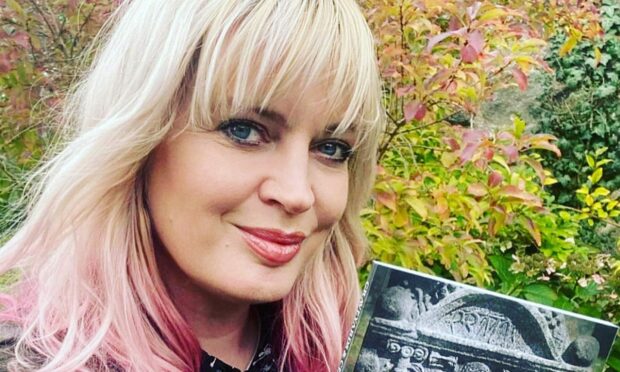
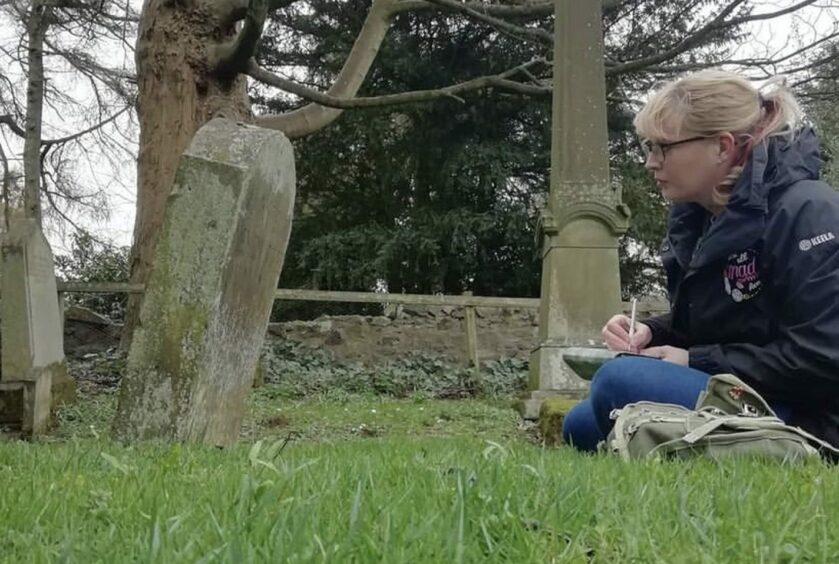
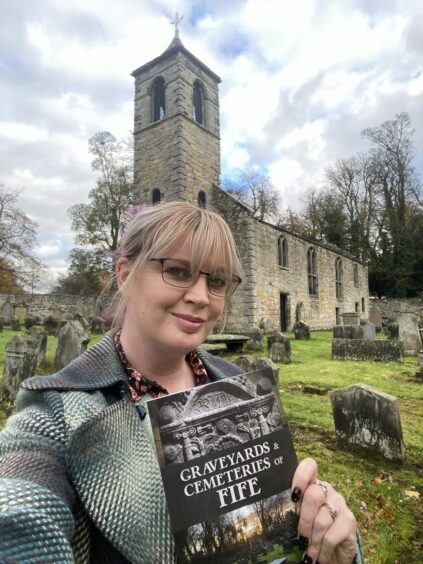

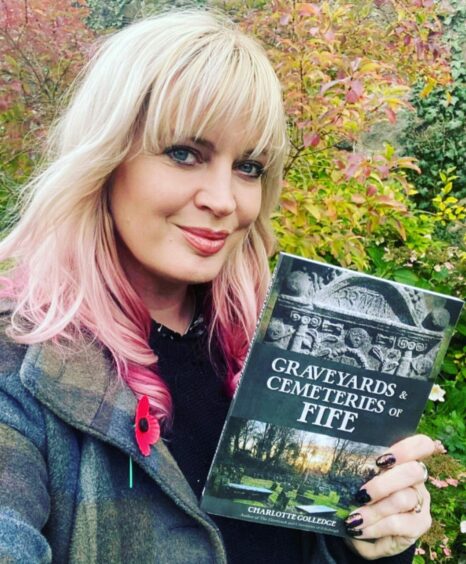
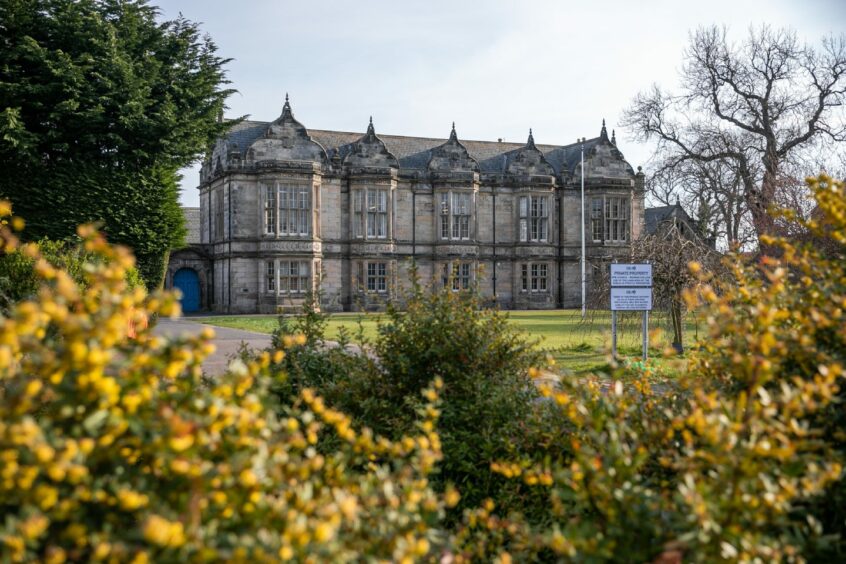
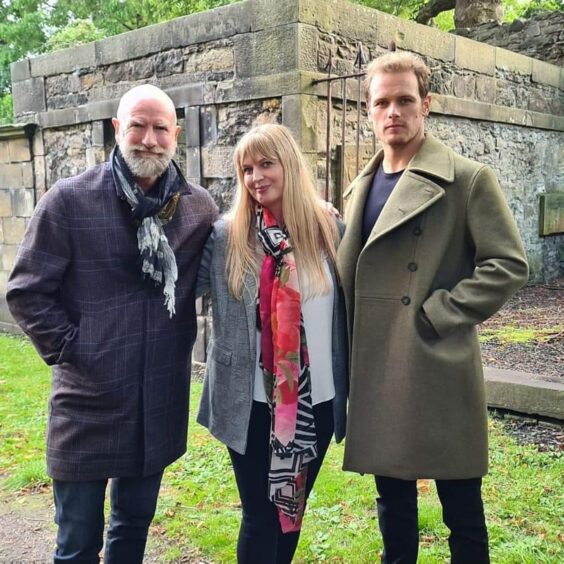
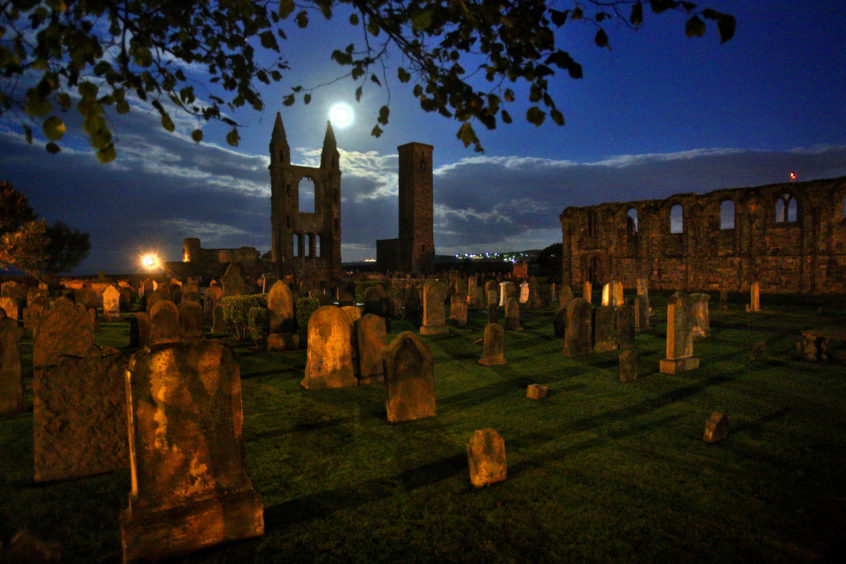
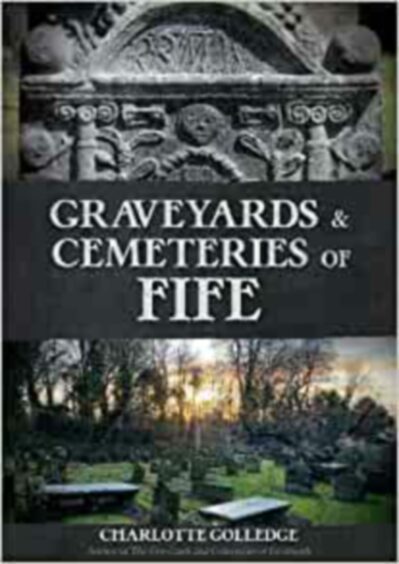
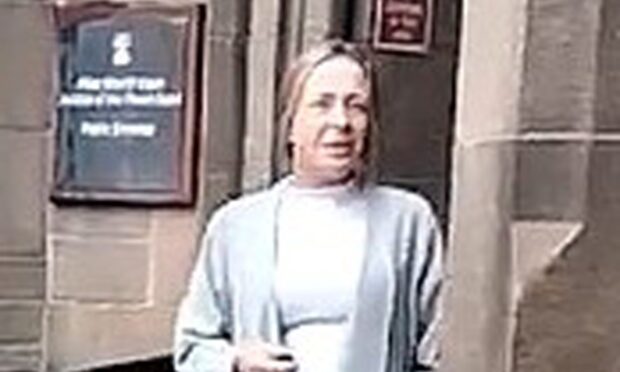
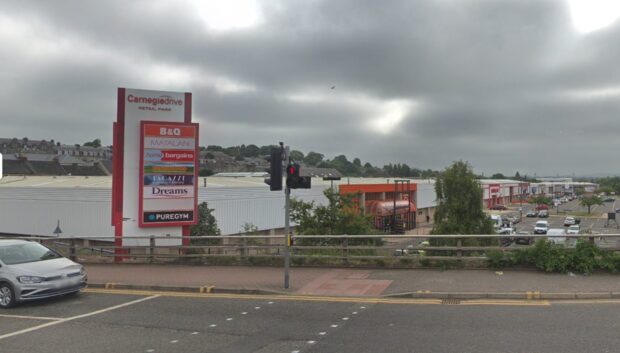
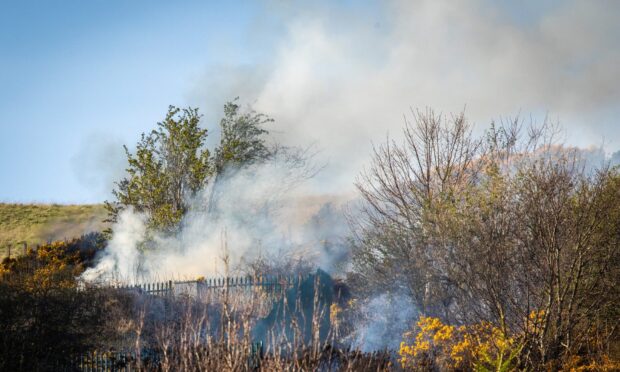
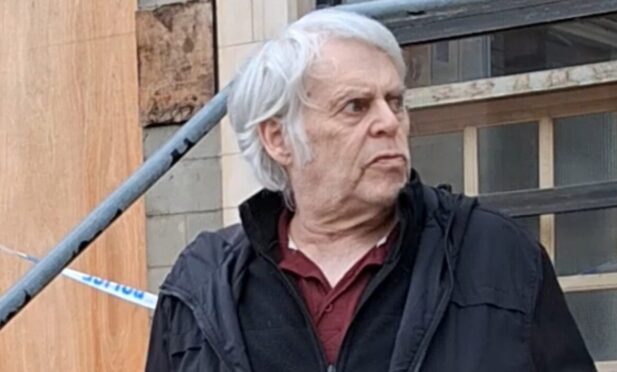
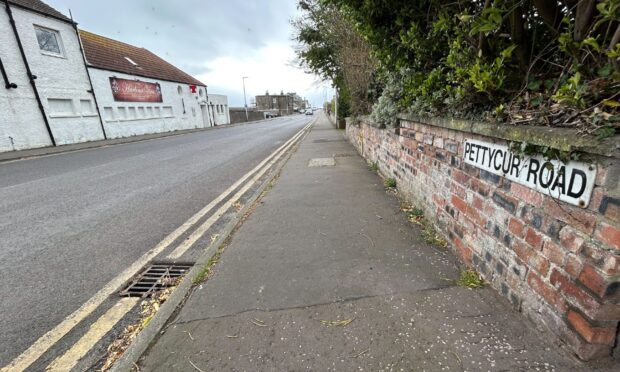
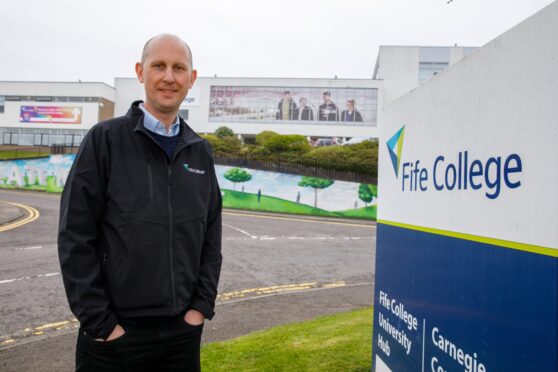
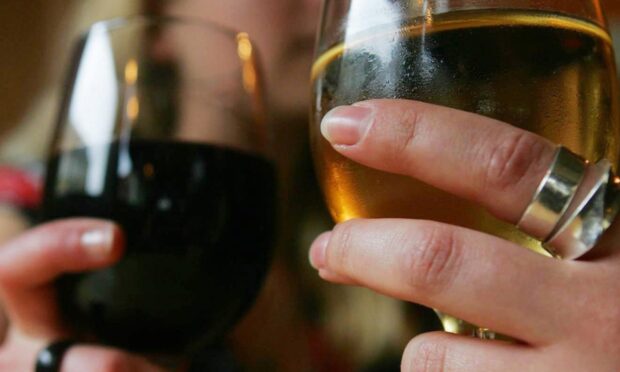
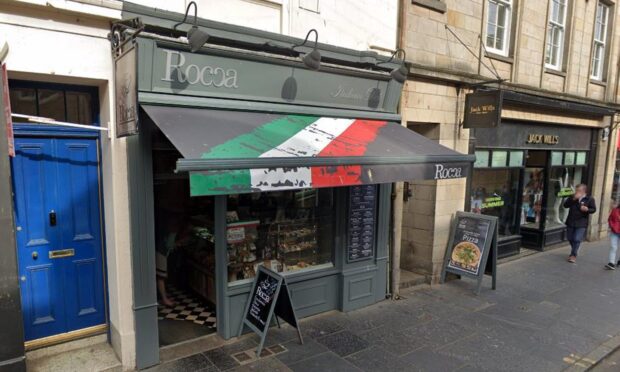
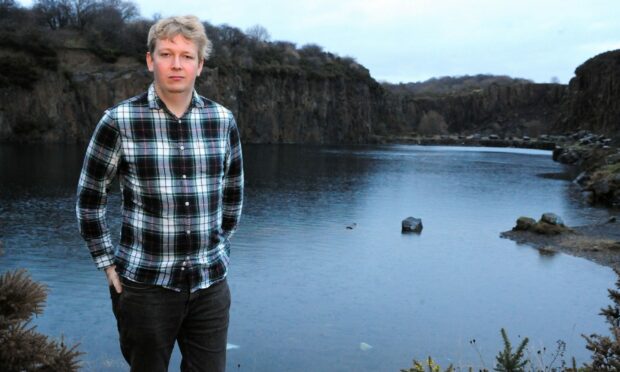
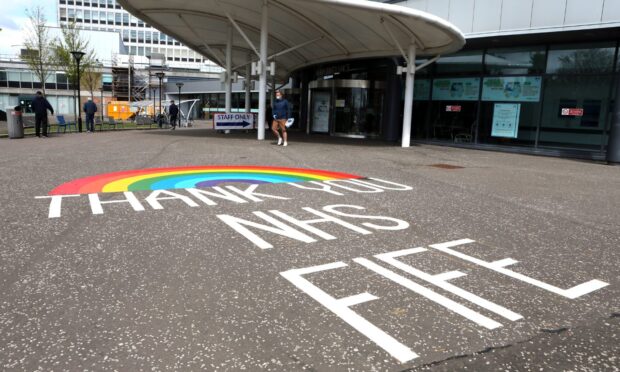
Conversation